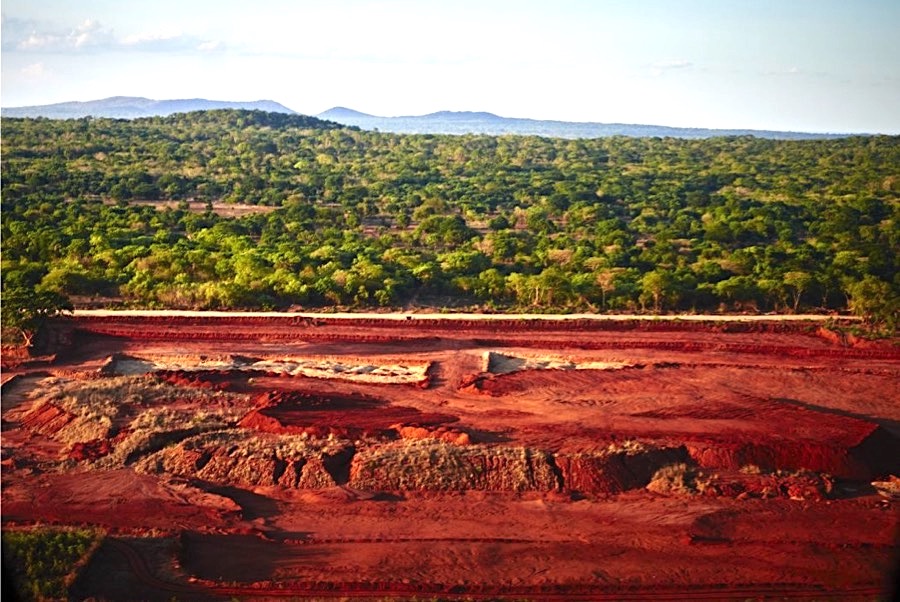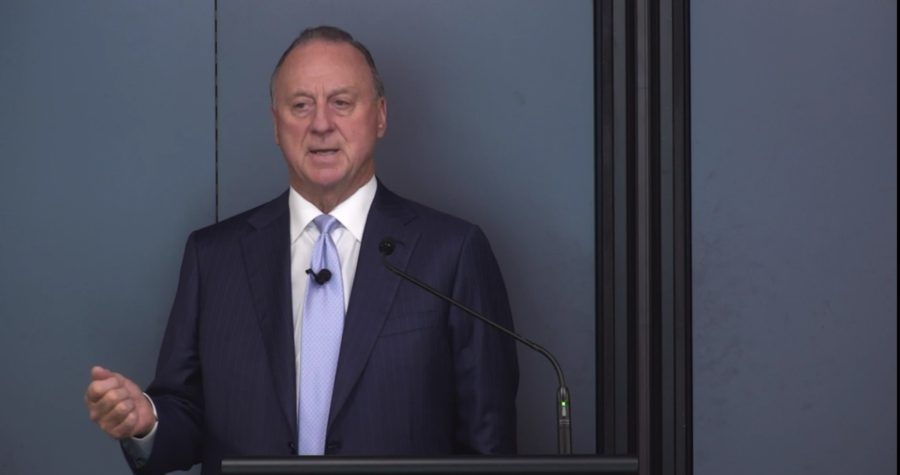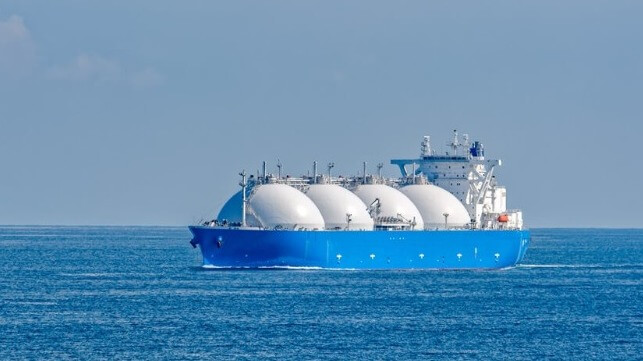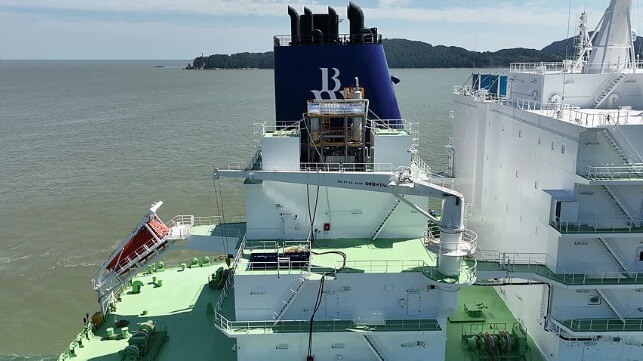Alberta's government has imposed restrictions on renewable energy projects, claiming that it would prioritize agriculture instead.
The restrictions have been criticized for hindering Alberta's transition to a cleaner energy future and for having little environmental justification.
Despite the restrictions, Alberta's renewable energy capacity has grown significantly in recent years, demonstrating the potential for the province to become a leader in green energy.
The Alberta government is wary of major new wind and solar energy developments due to their potential impact on the environment. However, critics say that the government is restricting green energy growth to focus on the continued production of oil and gas.
Last year, the Alberta government introduced a seven-month moratorium on green energy projects, including wind, solar, hydropower, biomass, and geothermal ventures, to focus on agricultural growth. The province’s Premier Danielle Smith said the government would be putting “agriculture first”, as well as restricting the development of renewable energy projects to at least 35 kilometers away from “pristine viewscapes” and parks and protected areas. Developers were not allowed to establish projects in areas with optimal soil conditions that could be used for agricultural activities. Smith stated, “We need to ensure that we're not sacrificing our future agricultural yields, or tourism dollars, or breathtaking viewscapes to rush renewables developments.”
In February, Smith said that the government had plans to expand the moratorium to restrict the development of solar and wind farms on Alberta's native grassland areas, as well as on irrigated and irrigable land. If these restrictions are put in place, the development of renewable energy projects may be prohibited on up to 40 percent of Alberta’s land. The viewscape limitation alone covers around 23 percent of the province’s land. The government is expected to release its final regulatory changes by the end of 2024.
In an email, the press secretary for Alberta's Utilities Minister Nathan Neudorf, Ashley Stevenson, stated, “These new rules ensure responsible land use, protecting the environment, Albertans' property rights, Alberta's beautiful landscapes, and the best agricultural industry in the world.” Stevenson added, “Our government is focused on putting Albertans first, not industrial power projects.”
The move was heavily criticized by environmentalists who say the government’s decision has little to do with environmental concerns and more to do with the desire to continue bringing in oil and gas revenues. As part of the moratorium, Alberta’s government tasked the Alberta Utilities Commission (AUC) with conducting an inquiry on whether renewables posed significant threats to Alberta’s best agricultural lands. The inquiry found no scientific support for the government’s rationale and suggested that less than 1 percent of prime land would need to be used for green energy projects to support a net-zero outcome.
Green energy advocates believe that expanding Alberta’s renewable energy capacity would threaten the position of the oil and gas industry in the province, which has always been a driving force for revenues and energy security for several decades. While the environmental basis for restricting development may be legitimate, it seems rather ironic that the province is continuing to conduct widespread oil and gas extraction on these lands. Alberta is a major oil producer; in North America, only Texas produces more crude. Alberta not only continues to produce fossil fuels, but it is also responsible for the output of one of the most polluting forms of crude – tar sands. A study published in the journal Science earlier this year showed that Canadian tar sands pollution is likely up to 6,300 percent higher than reported.
Meanwhile, a 2023 survey from the environmental think tank the Pembina Institute showed that opinions of the oil and gas industry amongst Albertans are changing. The survey revealed that 70 percent of Albertans thought the province’s economy was too dependent on oil and gas. In addition, 82 percent of respondents thought the provincial government should take an active role in planning for future job opportunities for energy workers.
The restrictions on renewable energy developments have led to several project cancellations and could deter energy companies from pursuing future projects in Alberta. A study from the Pembina Institute showed that 53 projects were canceled in response to the moratorium, with a combined projected power production capacity of 8,600 MW. Of those, 33 projects, which could have powered almost all of Alberta’s homes, were already in the development queue when the moratorium was released. The 53 projects were expected to contribute $91 million in tax revenues.
The government restrictions on green energy were surprising for many given the clear benefits of the expansion of the sector. Between 2019 and 2023, approximately $3.75 billion was invested in utility-scale wind and solar projects in Alberta and 4,500 workers were hired. Despite the negative outlook, Alberta’s renewable energy capacity has grown significantly in recent years. According to the Canadian Renewable Energy Association, Alberta contributed around 75 percent of Canada’s new renewable electricity generation in 2022. Meanwhile, the energy consultancy Rystad Energy forecast that Alberta would be the country’s biggest wind and solar electricity producer by 2025.
It is still unclear just how expansive the restrictions will be on the development of new renewable energy projects in Alberta. However, there is significant evidence to suggest that the development of green energy projects in the province would have little detrimental impact on the environment. Further, it could help Alberta shift away from a reliance on one of the dirtiest forms of fossil fuels in favor of cleaner alternatives.
By Felicity Bradstock for Oilprice.com








